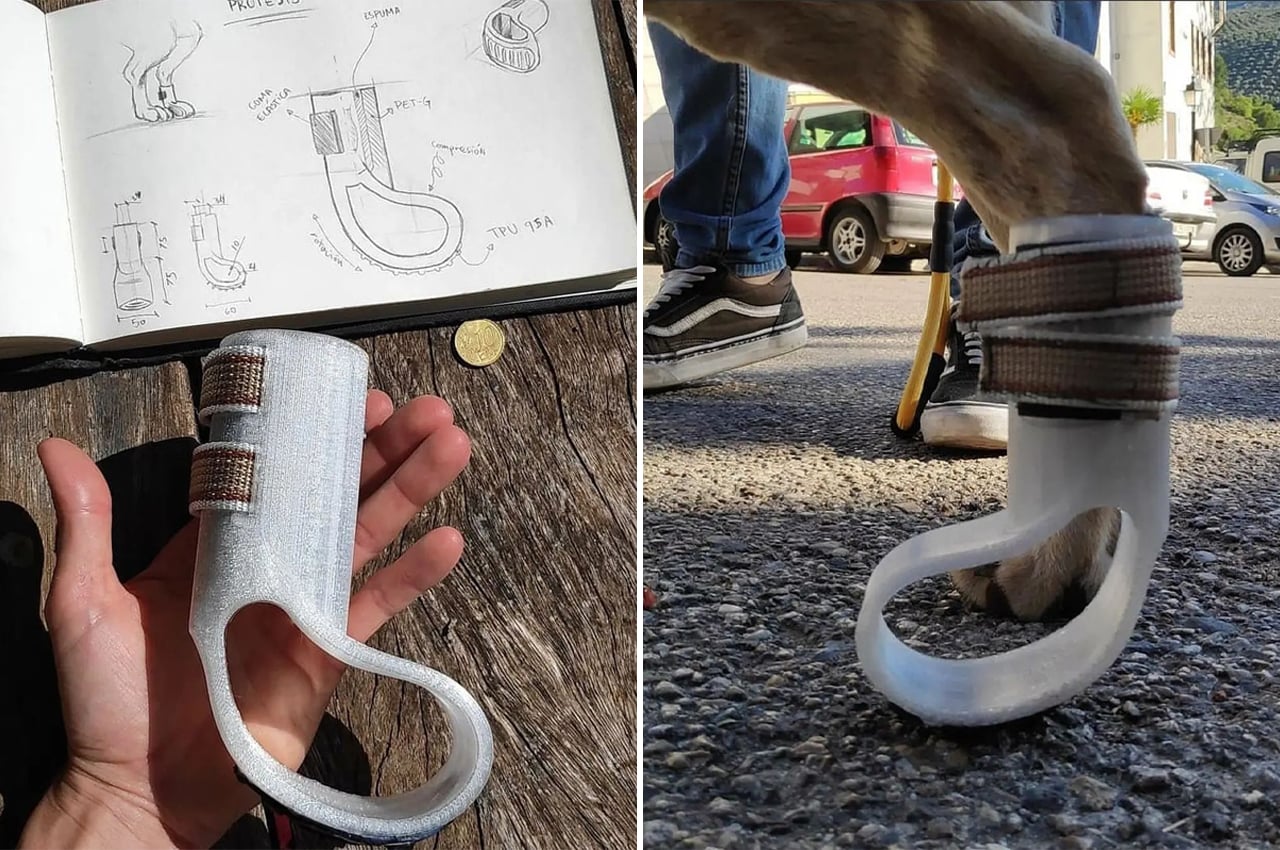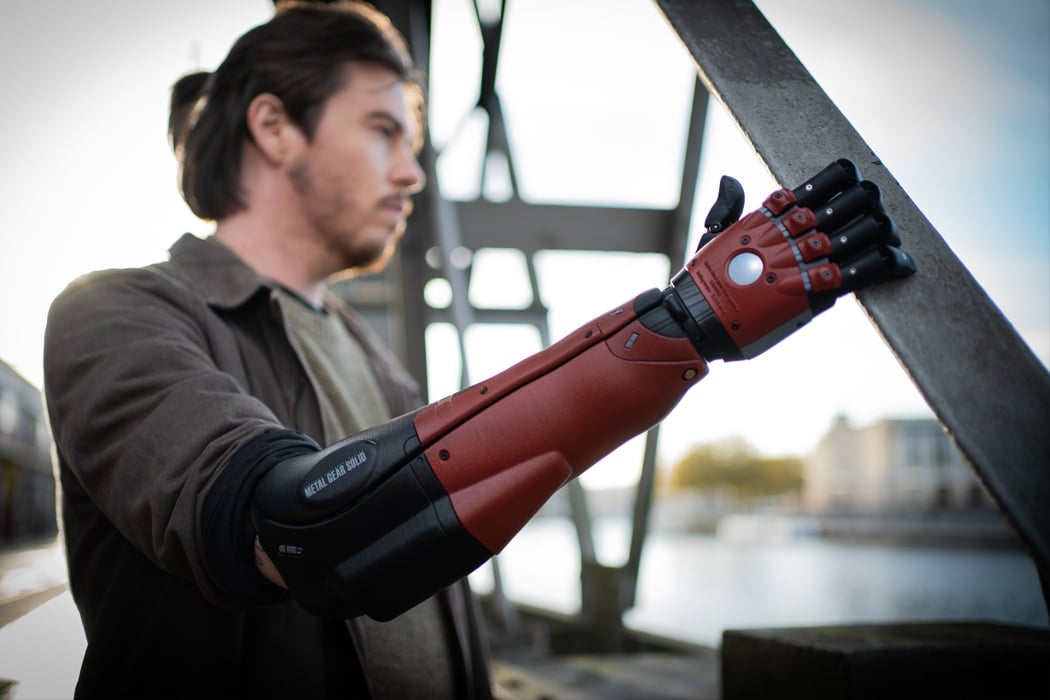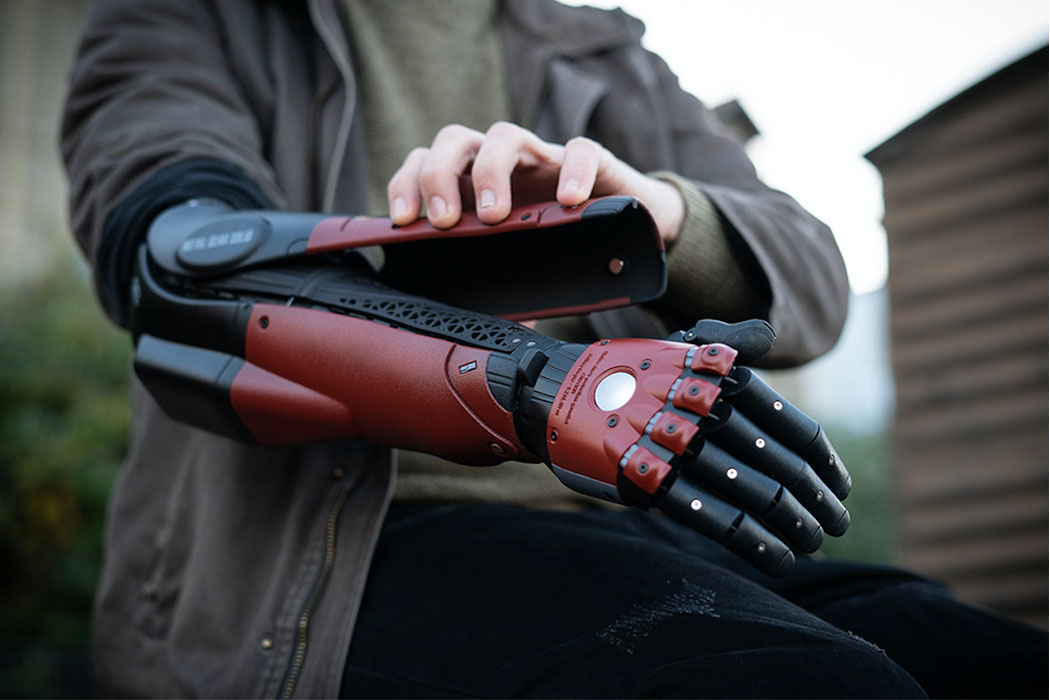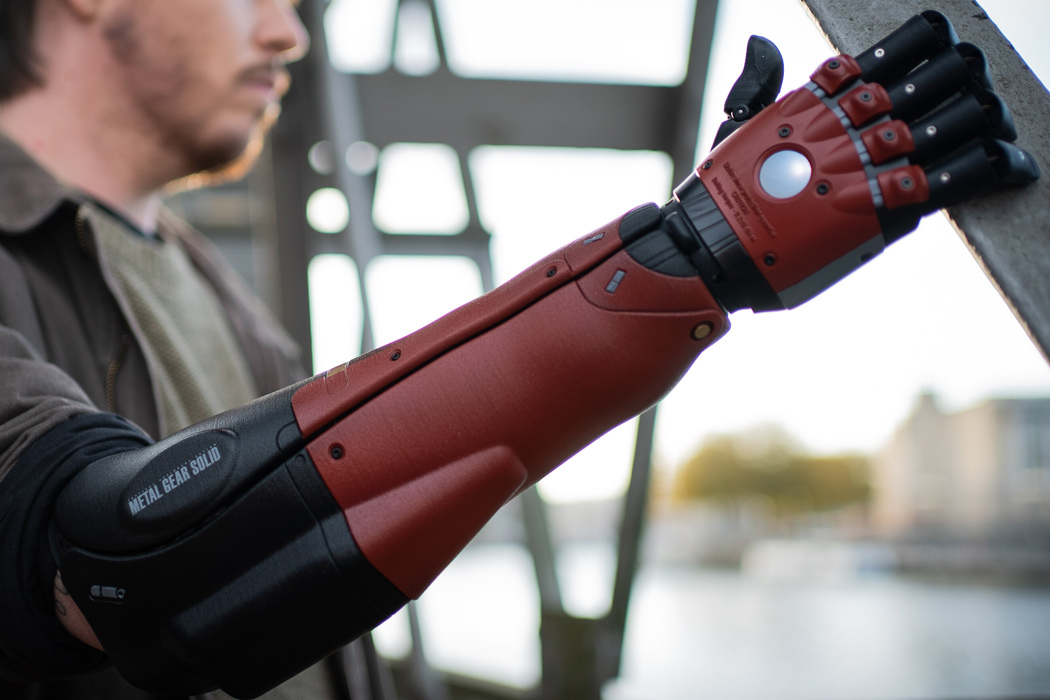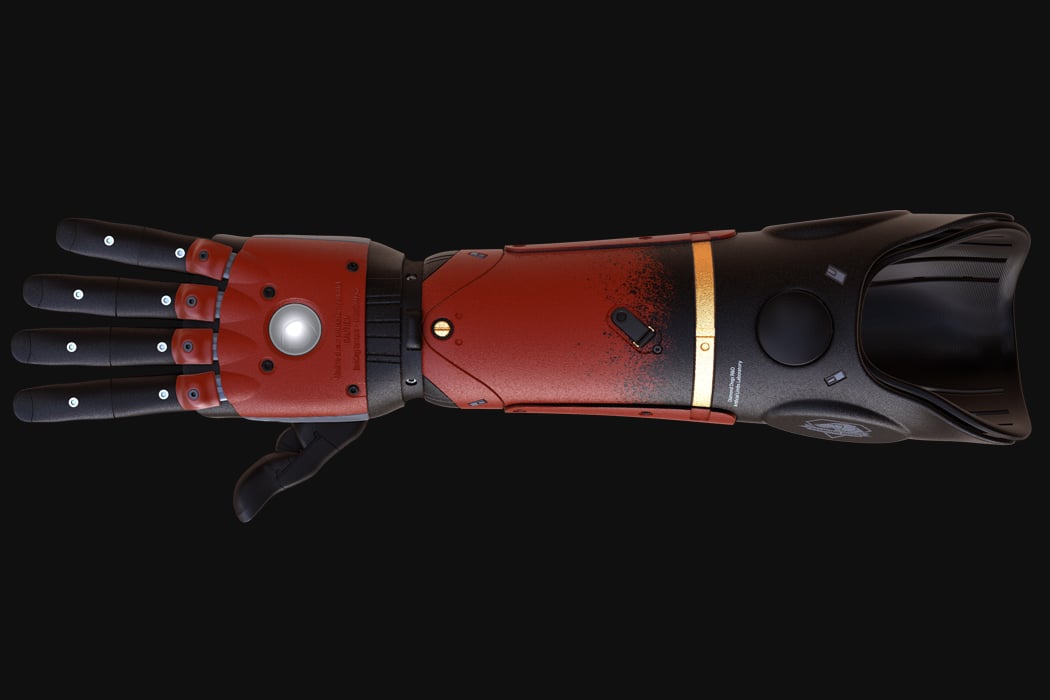I forgot what sci-fi TV show I was watching but in one of the scenes, a reptile-like creature attached itself to a human host, creating a human-reptile hybrid that could slither around quickly. It was an interesting part of the story but one that could also be the stuff of nightmares for those who have a fear of having extra limbs. But for speculative designers, this can actually become something that may be useful in the future.
Designer: Chandler Cheng


The Augmented Limb project thinks of giving astronauts an extra lim to help them out when moving in zero gravity. The design is inspired by how animals like monkeys move in 3-dimensional space using their tails as extra limbs, as well as the motion of reptiles like snakes, and even dinosaur tails when it comes to structural integrity and rigidity.


What Cheng came up with is a tail-like limb that can be attached through a backpack-like contraption. This will allow astronauts, and maybe later on other space visitors, move better in zero gravity as the extra limb can wrap around your surroundings. It can also secure your position so the stress and pressure will not be all on your hands and feet.



Of course this limb system is still speculative but the prototypes he created shows the limb is able to wrap itself around branches so in theory it might work. It’s still better than creating actual human-reptile hybrids right?
The post Augmented limb experiment makes it easier to move around in zero gravity first appeared on Yanko Design.


